The views expressed in our content reflect individual perspectives and do not represent the authoritative views of the Baha'i Faith.
Abstract, n. – [Latin, ab(s), from + trahere, to draw] 1. Conceived apart from concrete realities, specific objects or actual instances. 2. Expressing a quality or characteristic apart from any specific object, instance or practice, as in Justice, Poverty, Speed. 3. Theoretical. 4. Art; non-representational, not representing things realistically. 5. To summarize, to reach the epitome. 6. Something that concentrates in itself the essential qualities of anything more extensive or more general, the essence.
Abstract artists try to express the epitome and the essence of what they see and feel—the important inner realities of life. Rather than paint in a figurative way, abstract artists attempt to depict the numinous, show the unseen and express the mystical.
To do that, they work in symbols.
Those symbols create a visual language that stands for the transcendental, the meditative and the timeless—the vital and yet invisible keys to human existence.
In much of the world, and for many centuries, representational art attempted to reproduce objects and people in perspective, creating an illusion of our visible reality. But with the invention of the camera, artists found that they could depart from the purely physical and figurative and seek to find a spiritual dimension in their art.
Abstract art possesses the ability to express and explore abstract concepts. This unique idea can elevate art to a spiritual plane, because no other creature has the power to consider, ponder and conceive in the abstract. Our capability to think and feel and perceive in abstract intellectual and spiritual terms, the Baha’i teachings tell us, belongs solely and uniquely to the human imagination:
Man has accurately determined that the sun is stationary while the earth revolves about it. The animal cannot do this. Man perceives the mirage to be an illusion. This is beyond the power of the animal. The animal can only know through sense impressions and cannot grasp intellectual realities. The animal cannot conceive of the power of thought. This is an abstract intellectual matter and not limited to the senses. The animal is incapable of knowing that the earth is round. In brief, abstract intellectual phenomena are human powers. – Abdu’l-Baha, The Promulgation of Universal Peace, p. 240.
In fact, the idea of abstraction goes far beyond just our intellectual abilities, the Baha’i writings say. They call the soul and the intellect themselves abstractions:
The human body is in space; the soul has no place in space. Space is a quality of material things and that which is not material does not partake of space. The soul, like the intellect, is an abstraction. – Abdu’l-Baha, Divine Philosophy, p. 127.
Baha’is believe that the matchless power of abstraction, our inherent capacity for going beyond the obvious, comes to us as a gift from God:
God has created man lofty and noble, made him a dominant factor in creation. He has specialized man with supreme bestowals, conferred upon him mind, perception, memory, abstraction and the powers of the senses. These gifts of God to man were intended to make him the manifestation of divine virtues, a radiant light in the world of creation, a source of life and the agency of constructiveness in the infinite fields of existence. – Abdu’l-Baha, The Promulgation of Universal Peace, p. 352.
The Baha’i artist Hooper Dunbar’s paintings exhibit that gift of abstraction by drawing a landscape of the inner self, depicting the light and darkness that intertwine in each of us.
Because life itself comes from the light and heat of the sun, Dunbar’s work finds ways of depicting light that go beyond mere form, transcending the physical and evoking the spiritual. His paintings unearth the sublime, reminding us that art can help us remain open to receiving that intuitive light of knowledge. This understanding crystallizes into various forms and reflections on the canvas, and in the soul.
These three new Hooper Dunbar paintings, each created while he meditated on the verities of the Baha’i teachings, may help you see beyond the material world and immerse your inner being in the ocean of spiritual life:
Meditation is the key for opening the doors of mysteries. In that state man abstracts himself: in that state man withdraws himself from all outside objects; in that subjective mood he is immersed in the ocean of spiritual life and can unfold the secrets of things-in-themselves. – Abdu’l-Baha, Paris Talks, p. 175.
You May Also Like
Comments



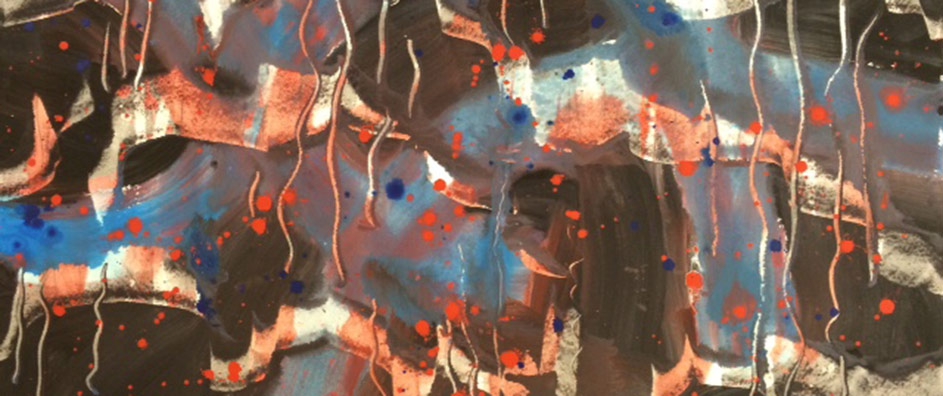

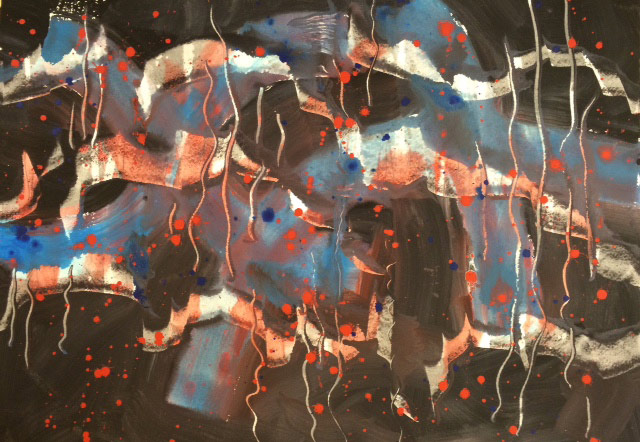
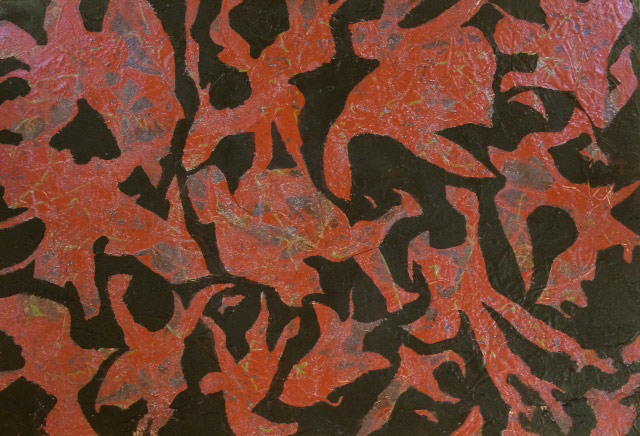
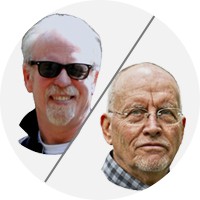
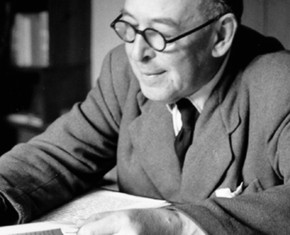

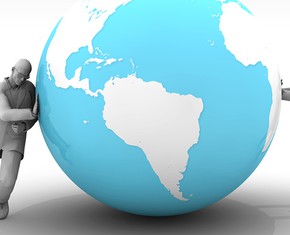









Temple?